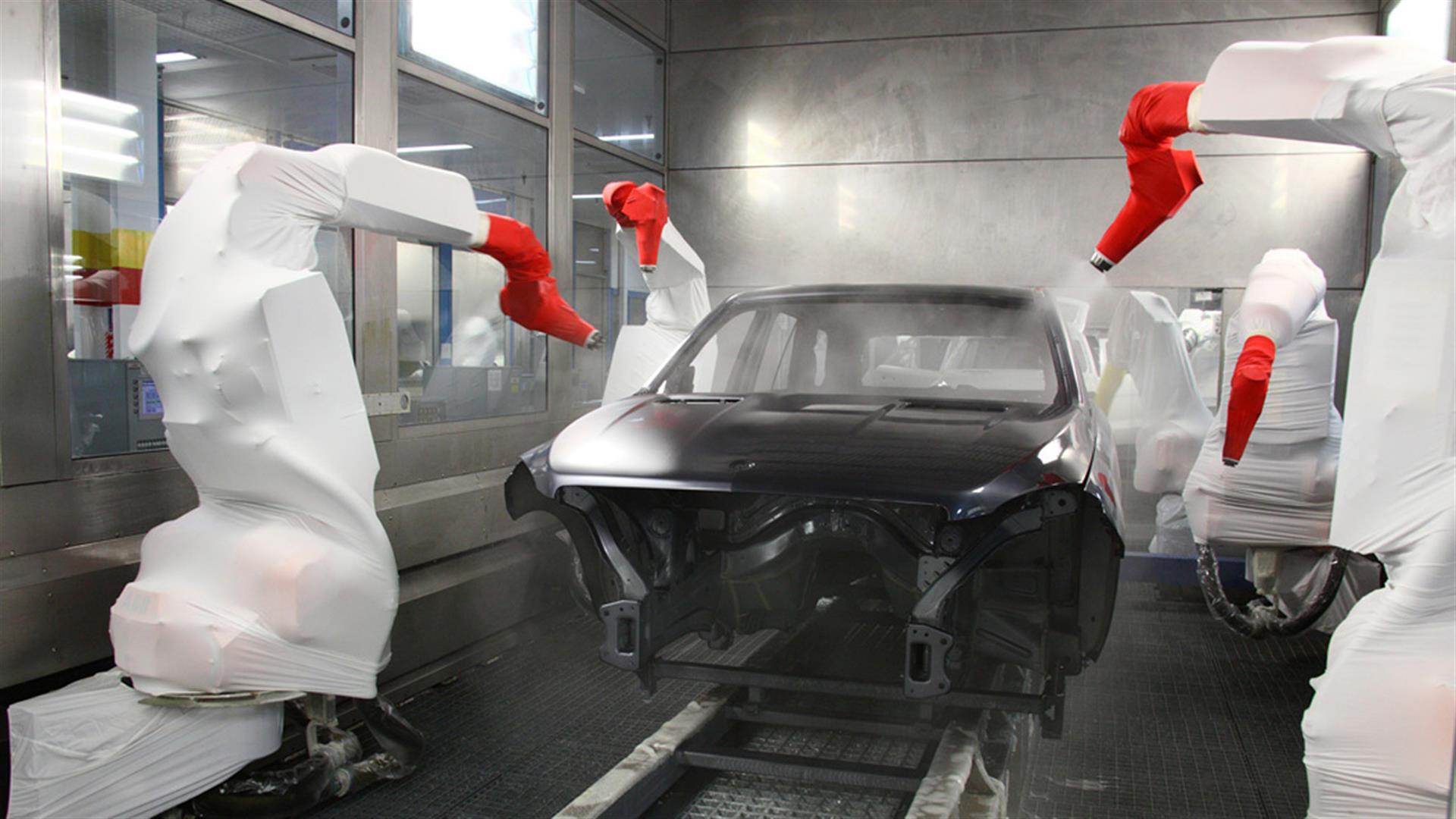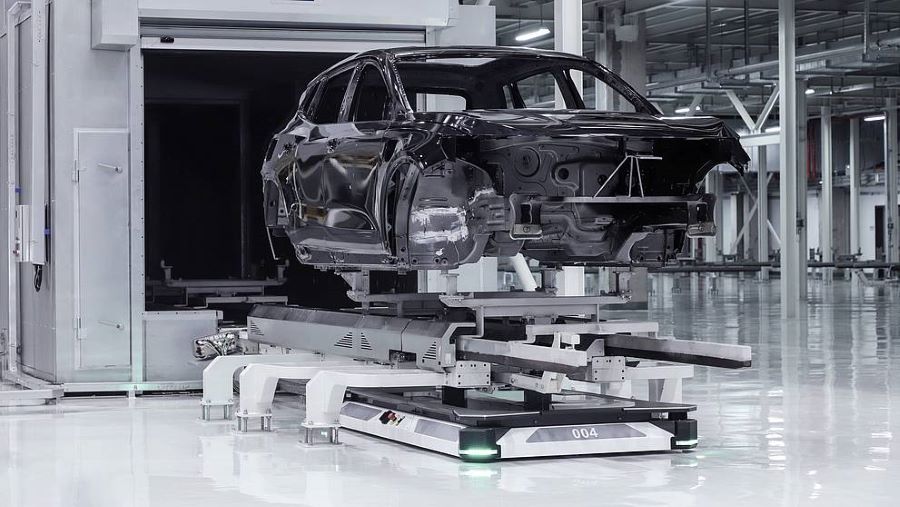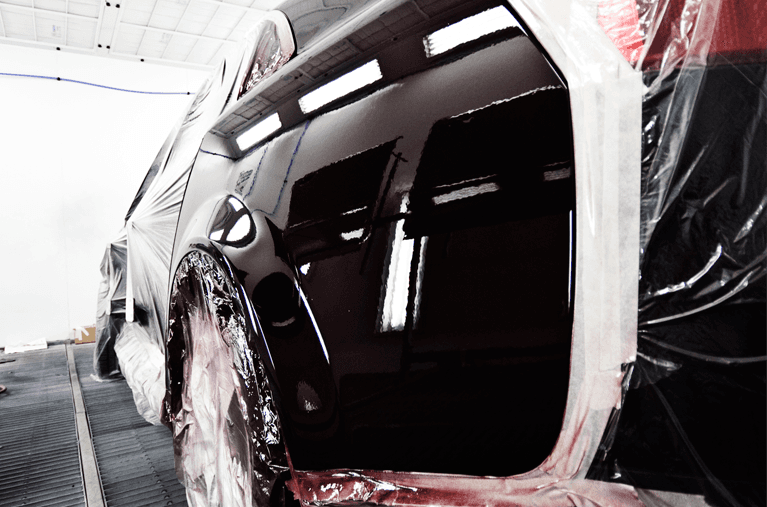The automotive industry is continually evolving, and the quest for the perfect car paint appearance is unending. In recent years, stroboscopic technology has emerged as a tremendous tool in this venture. This article delves into how this technology is making a big difference and why experts are delighted with its results.

What is Stroboscopic Technology?
Stroboscopic technology uses a series of quick, bright flashes of light to scrutinize the surface being examined. Initially used in high-speed industrial processes, it’s now being effectively applied to enhance car finishes.
History of Stroboscopic Technology in Automotive Paints
Stroboscopic technology is not a new player in high-tech processes. Its adoption in the automotive sector has a rich history that underscores its significance in quality assurance and defect detection.
In the journey of perfecting the paint job, manufacturers have always sought new methods to ensure quality. Learn more .
Benefits of Using Stroboscopic Technology for Car Paint
Superior Finish Quality
Technology enables a higher level of scrutiny, allowing for the detection of defects that might otherwise go unnoticed.
Efficiency and Cost-effectiveness
The technology’s quick and accurate processing helps saves both time and costs. Stroboscopic scrutiny reduces rework and waste.
Environmental Impact
By reducing the need for reapplications and material excess, this approach is environmentally friendly.
Real-world Applications
High-End Vehicles
Lorem ipsum dolor sit amet, consectetur adipiscing elit.
Mass-Produced Cars
Lorem ipsum dolor sit amet, consectetur adipiscing elit. Learn more
How Stroboscopic Technology Works in Paint Shops
Stroboscopic lights flash at high speed, capturing any imperfections in the paint surface. This visual inspection technique offers a more accurate assessment compared to traditional methods.
Challenges and Solutions
In the initial stages, the technology faced resistance due to high costs and a steep learning curve. However, as its benefits became evident, adoption rates increased. Learn more
Cost Factors
The initial investment might be substantial, but the long-term savings outweigh this.
Integration with Existing Systems
Compatibility with current processes can be challenging. However, modern advancements have made integration smoother and more efficient.
Future Prospects of Stroboscopic Technology
With continuous improvements and decreasing costs, the future of stroboscopic technology in car paints looks promising. Emerging trends suggest a wider adoption and even more sophisticated applications.
Case Studies
Luxury Vehicle Manufacturers
Top-tier manufacturers have already begun integrating this technology to maintain high standards.
Economic Models
Even more affordable car brands benefit from these technological advancements, ensuring a better quality finish for the end-user. Learn more
Customer Testimonials
Many car owners have expressed their delight with the enhanced finish quality provided by this technology. The feedback has been overwhelmingly positive, highlighting the visual appeal and durability of the paintwork.
Expert Opinions
Industry experts are optimistic about the potential of stroboscopic technology. They believe that it has set new standards for paint quality, advocating for broader adoption across the automotive sector.
Comparison with Traditional Methods
When comparing stroboscopic technology with traditional paint inspection methods, the former stands out due to its precision, speed, and cost-effectiveness. Traditional methods often miss minor defects, leading to additional rework and costs.
In contrast, stroboscopic technology identifies issues early, allowing for immediate correction and minimizing resource wastage.

FAQ
What is stroboscopic technology?
Stroboscopic technology uses rapid flashes of light to inspect surfaces in detail, making it highly effective for detecting paint defects.
How does this technology benefit car painting?
It ensures a superior finish quality, reduces costs, and minimizes environmental impact by decreasing the need for rework.
Is it applicable to all types of vehicles?
Yes, from high-end luxury cars to mass-produced models, stroboscopic technology can enhance the paint quality across the board.
